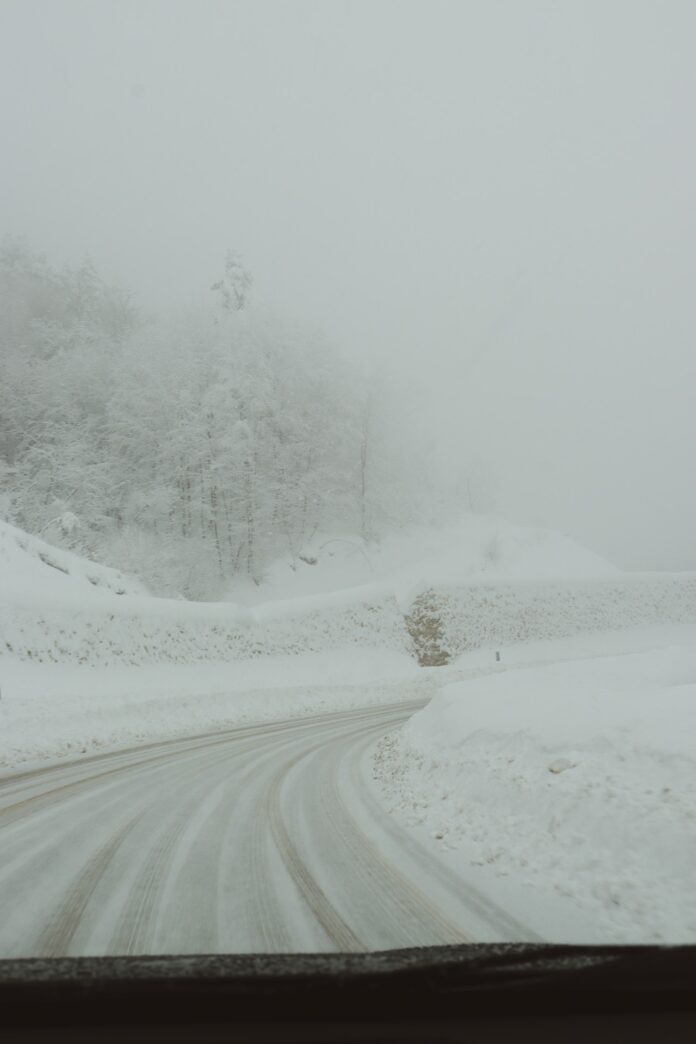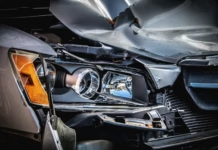International Drivers Association expert, Dominic Wyatt speaks about the challenge of driving in wintry conditions, with the Met Office’s latest snow warning. As the snow descends on roadways, drivers across the UK are braced for difficult journeys. Whether you are driving a fuel-driven car or an electric vehicle (EV), it’s important to understand the risks, fines, laws and safety precautions associated with winter driving.
The Hazards of Winter Driving
Snow reduces visibility and traction, potentially posing a problem for both fuel and EV cars. Yet, these types of cars react differently in snowy conditions. Fuel cars are often heavier, giving them some advantage in terms of traction. But, they may struggle to start in the extreme cold.
EVs are generally lighter, which may result in more slipping and sliding. However, they have the advantage of not needing to start an engine in cold weather.
UK Snow Driving Fines and Laws
In the UK, improper winter driving practices not only endanger you and others, they may also result in legal repercussions.
-
Defrosting your windshield improperly or only partially can result in a £60 fine and 3 penalty points.
-
Driving with snow on your roof could lead to a £60 fine and 3 penalty points.
-
Faulty tires can lead to a fine of up to £2,500 per tire and 3 penalty points.
-
If you leave your car running to defrost and it’s stolen, you could face a fine from your insurance company.
Safety Measures while Driving in Snow
Safety should always be your priority when driving in any weather, but especially so during winter.
-
Check your tire grips: Dominic Wyatt advises drivers to check their tires regularly, ensuring they have a depth of at least 3mm for better grip.
-
Ensure clear visibility: Before setting off in snow, thoroughly clear all windows and your roof. Remember, this is not only a safety precaution, but failing to do so could result in a fine.
-
Pack an emergency kit: Prepare for the unexpected. A kit should include items like a blanket, food, water, a first-aid kit, jump leads, a map, a torch and a shovel.
-
Drive slowly: Reduce your speed to allow more time to stop if you skid on snow or ice.
-
Keep distance: Increase your following distance to the vehicle in front.
-
Avoid hard braking: If you need to stop abruptly, this could lead to skidding on icy roads.
While both fuel and EV cars face distinctive challenges in snowy conditions, being aware of the laws, risks, and safety measures can make winter driving safer. The ultimate advice from Dominic Wyatt? “Do not consider venturing out unless you absolutely need to. Sometimes, the quest for adventure must take a back seat to safety.”
In the cold light of winter, driving in the UK snow with both fuel and EV cars may seem daunting. But equipped with the knowledge of UK driving laws and fines, and the safety measures to undertake, drivers can better navigate this yearly challenge.

| [donate]
| Help keep news FREE for our readersSupporting your local community newspaper/online news outlet is crucial now more than ever. If you believe in independent journalism,then consider making a valuable contribution by making a one-time or monthly donation. We operate in rural areas where providing unbiased news can be challenging. |
















